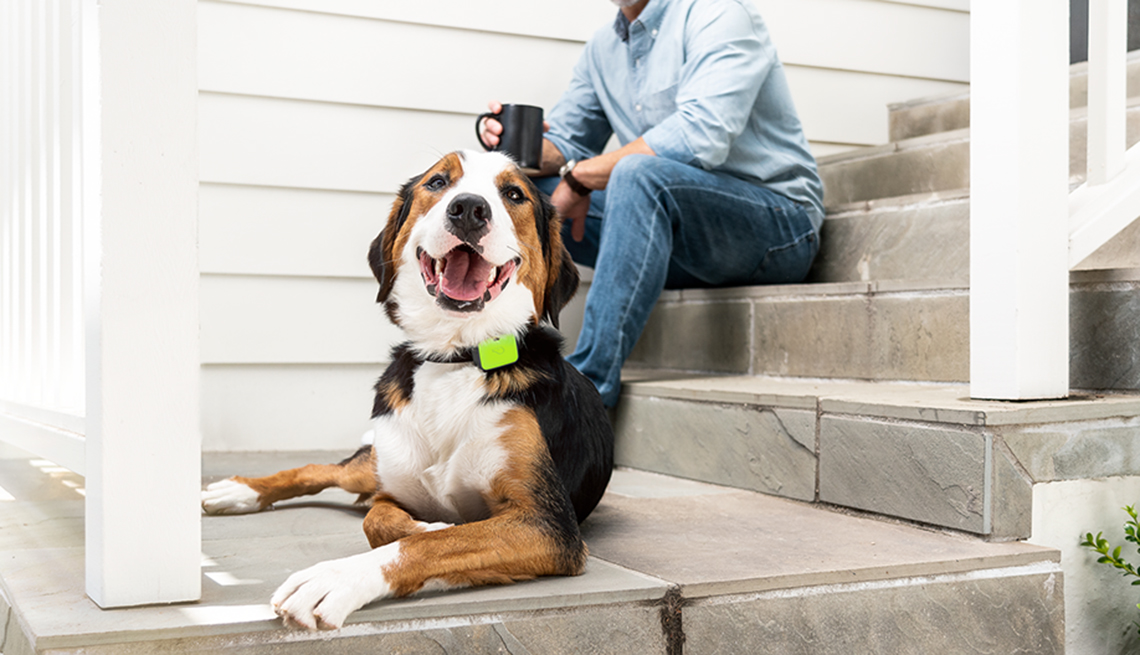Pets are increasingly using technology, and wearables like **smart collars and trackers** are becoming more and more popular.
GPS technology was initially developed to track lost pets, but it has since evolved into smart health tracking collars that can track behaviours, monitor and report vital signs, and even communicate the data to veterinarians.
We’ll examine the information gathered, the advantages and disadvantages, and how to select the best wearable technology for your pets in this guide.
Whether you’re a tech geek, a dog lover, or a cat lover, this guide is ideal for anyone who wants to learn more about the topic. They will receive instruction on how smart collars
Why Pet Wearable Matter Today.
The pet industry has been expanding annually, and along with it, so has the awareness of technology that makes pets safer and healthier.
Why not treat pets with the same level of care that we do with wearables for our exercise routine and sleep tracking?
Smart collars can tell you more than just *where* your pet is. They let you know *how your pet is doing.* Wearable technology is becoming increasingly important for owners who value peace of mind and just want to be informed about any potential health issues.
What smart collars and trackers really monitor
Not all collars serve the same function. Some are basic GPS trackers while others verge on being medical devices for animals. Here’s what’s usually recorded:
-
Everyday features
GPS monitoring Real-time location updates and a virtual fence. Activity tracking includes steps taken, exercises performed, playtime, rest periods, and total calories burned.
- Sleep tracking: Disturbances that help you distinguish between lethargy and restlessness.
- Behavioral information: A few gadgets record how often a dog barks, scratches, or licks. Advanced features for health Heart rate and heart rate variability, or HRV, are useful indicators of stressors and other underlying medical conditions.
- Respiration rate: Changes may be a sign of respiratory problems or pain.
- Body temperature: Helps detect overheating or fever.
- Posture monitoring: Shows unusual patterns of standing, sitting, or lying that could point to joint issues or other discomfort.
- AI-powered analytics capabilities in even the most basic smart collars can identify activity declines or other odd trends that could.
How smart collars monitor and detect health problems
The market is expanding quickly, which portends exciting developments:
- More intelligent artificial intelligence that can anticipate health problems before symptoms appear;
- Lighter, smaller gadgets appropriate for all breeds.
- More telemedicine integration to enable real-time data access for veterinarians.
- Better network coverage and longer battery life for worldwide use.
Realistic Expectations and Limitations
It’s crucial to understand what these collars can’t do before making a hasty purchase.
- Not a vet replacement: A collar cannot identify a disease. It can only draw attention to alterations that merit further examination.
- Accuracy varies: Vital signs like heart rate may be less accurate unless you spend money on medical-grade devices, even though GPS and step counts are trustworthy.
- Battery life: Regular monitoring and real-time GPS use deplete batteries more quickly, so you’ll need to recharge them frequently.
- Subscriptions: A lot of trackers charge a monthly fee for connectivity and cloud services.
Examples of Popular Devices
The following are a few of the market’s well-known names:
- Fi Collar: Long battery life, excellent for GPS and activity tracking. More recent models have Apple Watch integration.
- Whistle Go Explore: Perfect for all-around use, this device combines GPS with behaviour and health tracking.
- Tractive GPS Tracker: Well-liked by cat owners as well, this device excels at geofencing and real-time GPS.
- PetPace: Provides vitals and posture tracking for serious health management with an emphasis on medical monitoring.
Advice for Making the Most of a Smart Collar
- Fit matters: Inaccurate readings will result from a loose collar. Fit comfortably but snugly.
- Give it time to learn: Before evaluating the device’s insights, allow it to gather data for one to two weeks.
- Make intelligent use of geofences: Create safe areas around your house, park, or
The Future of Pet Wearables
The market is expanding quickly, which portends exciting developments.
- More intelligent artificial intelligence that can anticipate health problems before symptoms appear;
- Lighter, smaller gadgets appropriate for all breeds.
- More telemedicine integration to enable real-time data access for veterinarians.
- Better network coverage and longer battery life for worldwide use.
Final Thoughts
Pet wearable technology is a part of the future of pet care, not just a fad. Although no technology can completely replace routine veterinary examinations and careful attention, smart collars offer pet owners a fresh perspective on their animals.
Consider them **peace-of-mind devices**: they won’t fix every issue, but they can make your pets safer, help you identify problems early, and possibly even prolong their lives.
Start small if you’re thinking about getting one. Select a gadget according to your primary requirement, such as health or safety monitoring, and allow technology to alleviate some of your concerns. Your pet will appreciate you for giving them a healthier, happier life even though they are unaware that they are wearing a smart collar.



